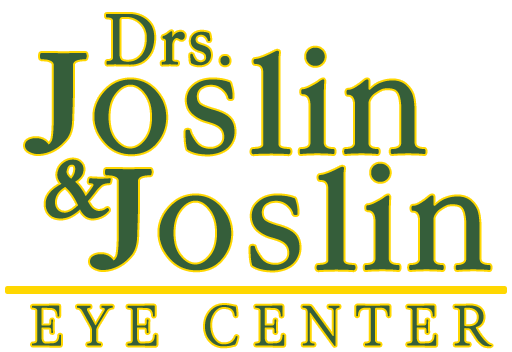February is Age-Related Macular Degeneration and Low Vision Month. Many people aren’t sure what the definition of low vision is or how it manifests in patients’ lives. Let’s dive into low vision, explore its causes and symptoms, and discuss how patients can learn to navigate the challenge of not seeing clearly even while wearing corrective lenses.
What is the definition of Low Vision?
Low vision is the term for impaired vision that cannot be corrected by conventional eyeglasses, medications, or surgical treatments. About 4 million adults in the U.S. live with low vision, and nearly 500,000 will be diagnosed this year alone. That number is expected to increase to more than 9.5 million living with low vision in the next 30 years.
Although it is permanent and incurable, low vision can be monitored to help you accomplish your everyday tasks and slow the progression of vision loss. Characterized by different degrees of sight loss, low vision can cause difficulties in accomplishing everyday tasks such as reading, driving, distinguishing colors, recognizing faces, and seeing your computer or television screen. These problems can vary in severity from mild or moderate to an almost complete loss of sight.
Ideal visual acuity is 20/20 vision. While many people need prescription correction to attain 20/20 vision, when vision can be corrected to 20/20, it is incredibly beneficial. According to the World Health Organization, low vision is a level of visual acuity rated from 20/70 to 20/400 while wearing the best possible prescription correction; or a visual field of 20 degrees of less. So even with prescription lenses, a person with low vision cannot attain better than 20/70 vision.
Sharpness of vision or visual acuity is a ratio of measurement describing vision 20 feet from an object. For example, a measurement of 20/70 means that you must be 20 feet from an object or image to see what a person with optimal vision sees at 70 feet.
There are two categories of low vision as defined by The American Optometric Association:
- Partially sighted: Visual acuity between 20/70 and 20/200 with conventional corrective prescription lenses.
- Legally blind: Visual acuity that can’t be improved beyond 20/200 with conventional correction or a restricted field of vision less than 20 degrees wide.
Who is most at risk for Low Vision?
Anyone can have low vision because of many eye conditions and injuries that contribute to it. However, the two most common causes of low vision in adults ages 45 to 75 are glaucoma and age-related macular degeneration. One in six adults over age 45 have low vision, and one in four over age 75 live with low vision.
Low vision impacts every patient differently, so effective treatment requires an individualized action plan that your optometrist can help you with.
What are the different types of low vision?
- Blurry vision: Objects both far away and up-close appear to be out of focus
- Hazy vision: The entire field of vision seems to be covered with a film or glare
- Night blindness: Affects the ability to drive at night
- Trouble seeing in low light: Inability to see in limited or poorly lit areas such as restaurants or theaters
- Peripheral vision loss: Not being able to see things on the outer edges of your vision field, above or below eye level. You can have 20/20 vision but have limited peripheral vision that negatively impacts your life.
- Central vision loss: Not being able to see images in the direct center of your line of sight
What causes Low Vision?
Several disorders of the eye can cause low vision. It is more common in people age 60 and over because many conditions contributing to low vision are more common in older individuals. Other factors contributing to low vision include brain and eye injuries and certain genetic disorders. The following conditions can cause or contribute to low vision:
- Age-Related Macular Degeneration
- Cataracts
- Diabetic retinopathy
- Glaucoma
- Cancer of the eye
- Brain injury
- Albinism
- Retinitis pigmentosa – an inherited disorder
Diagnosis and Treatment
Your optometrist can diagnose low vision during a comprehensive eye exam. Your eye doctor will work with you to find the best treatment options. Some disorders can be treated to maintain vision, and several vision aids may help patients with permanent low vision.
Non-optical aids that can help include talking watches, clocks, and phones. Clocks and watches with high-contrast or enlarged numbers, magnifiers, text-reading software, and large-print publications can help improve the quality of life for patients with low vision.
Remember: A comprehensive eye exam with your optometrist is the best way to ensure your vision is screened, diagnosed, and corrected. Your doctor will formulate a plan to keep your eyes as healthy as possible. Make an appointment today to protect the health of your eyes.

